HISTORY

Ipoh, capital of Perak state,was developed at the turn of the 19th century in the middle of the Kinta Valley which is surrounded by limestone hills. The Kinta river runs through it, dividing Ipoh into two — Old Town (on the western bank of the Kinta River) and New Town (eastern bank).
ipoh got its name from the Epu tree or Pokok Ipoh which has a poisonous sap used by the aboriginal hunters to tip their blowpipe darts. However the town is also said to have grown out of the Malay village of Paloh.
Ipoh quickly boomed due to its location as the center of the state’s tin-mining industry where fortunes were made by the local Malay chieftains, Chinese towkays and the British East India Company. No surprise then that this town was known for its collection of millionaires.
One such was tin miner Yau Tet Shin, a Hakka tycoon who played a big role in developing Ipoh New Town after a devastating fire, The Great Fire of Ipoh in 1892, destroyed over half the town. But it also presented the opportunity to rebuild the town in a structured grid pattern.
This rebuilding took place at the time of the second tin rush in the 1920s and 1930s and has provided the town today with much of its charm and clean and serene environment. The rapid growth of the town had made it by the turn of the century to be the second largest town in the country.
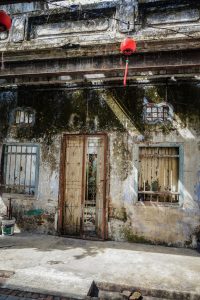
In 1937, Ipoh was made the capital of Perak, replacing Taiping. Ipoh was invaded by the Japanese on 15 December 1941. In March 1942, the Japanese Civil Administration or Perak Shu Seicho was set up at the St. Michael’s Institution. After the liberation of Malaya by British forces, Ipoh remained the capital of Perak.
The decline of the tin mining industry during the latter half of the 20th century caused the growth of Ipoh to stagnate. With the closure of the tin mines, some of its youth population was forced to look for employment elsewhere. In spite of this, Ipoh remains one of the largest cities in Malaysia in terms of population, with tourism now a main driver of the city’s economy. Ipoh gained Municipal status in 1962, and in 1988, was declared a city by the then Sultan of Perak, Sultan Azlan Shah.


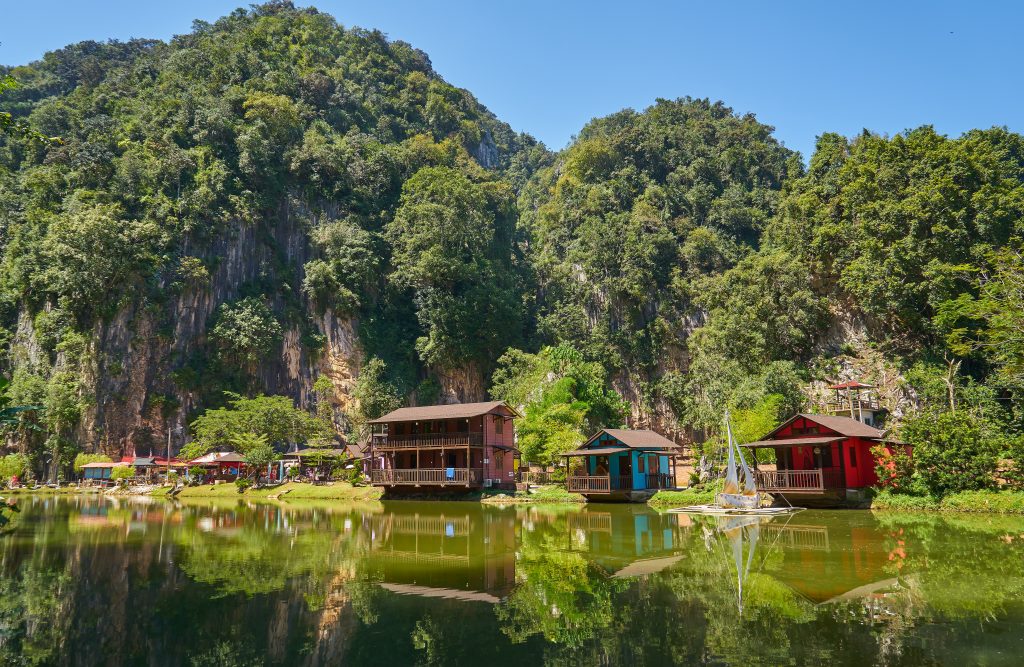
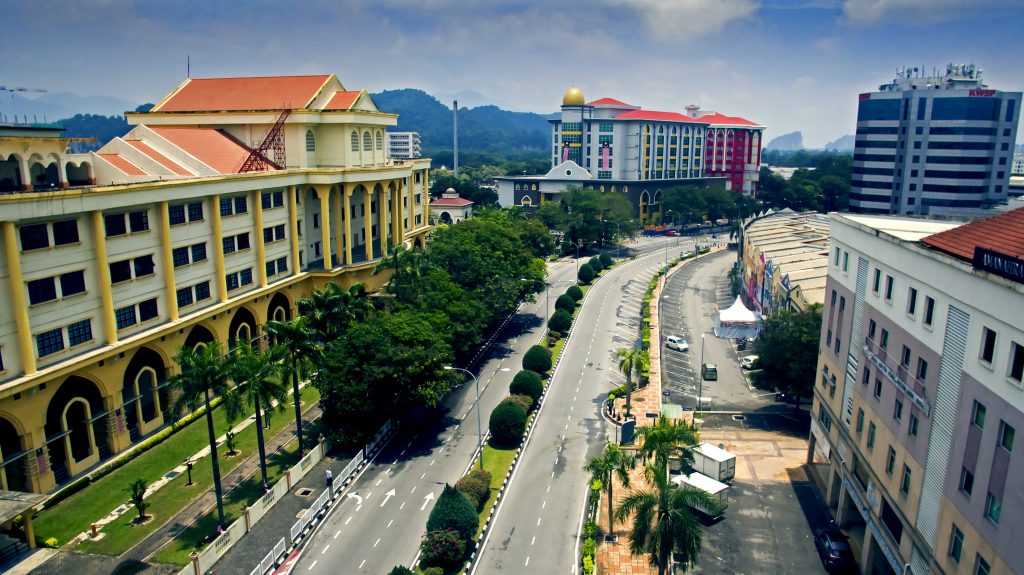
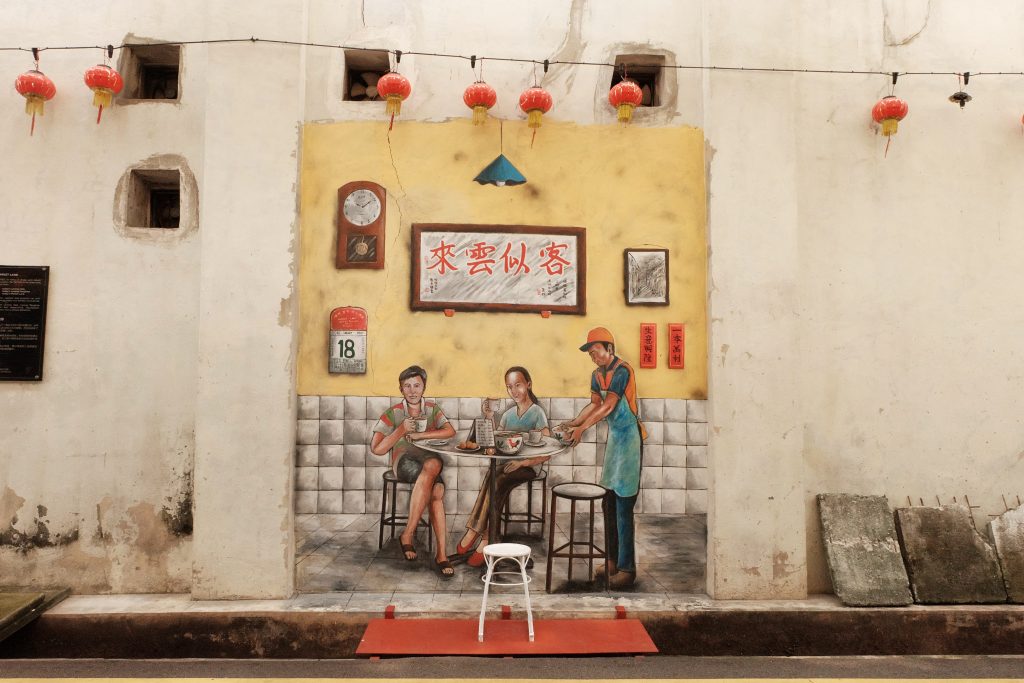

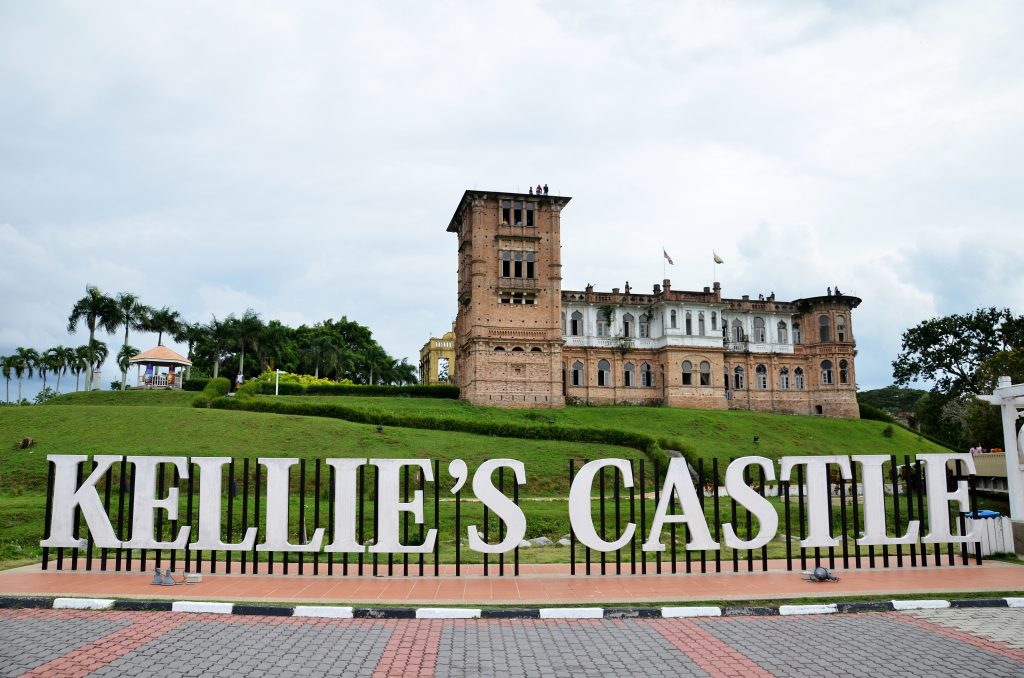
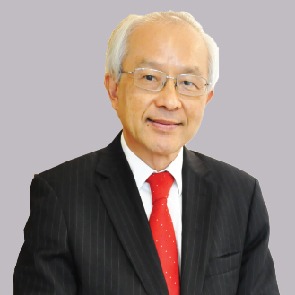











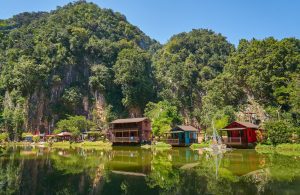
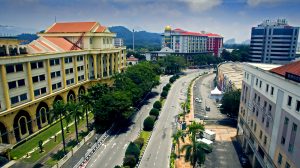
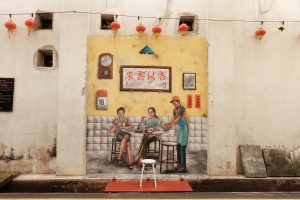
 A popular takeaway that is almost synonymous with Ipoh is the pomelo. For out-of-town motorists driving between Penang and KL, these fruits are a must-buy at the roadside stalls along the trunk road or at the Rest & Recreation highway stops.
A popular takeaway that is almost synonymous with Ipoh is the pomelo. For out-of-town motorists driving between Penang and KL, these fruits are a must-buy at the roadside stalls along the trunk road or at the Rest & Recreation highway stops.